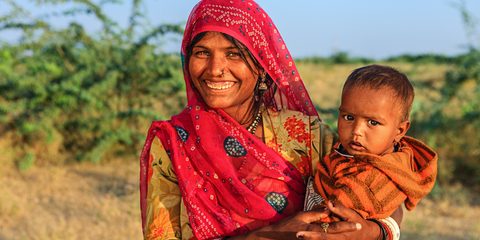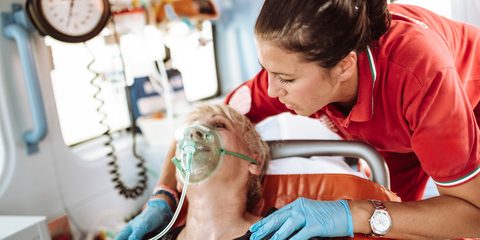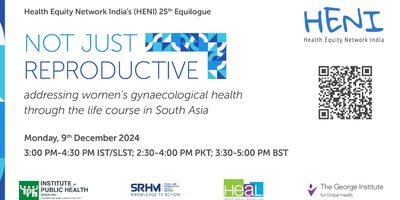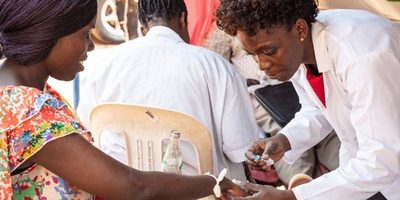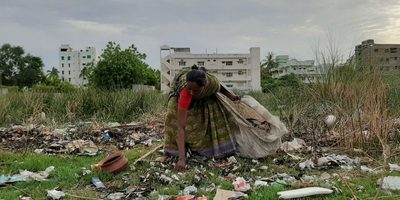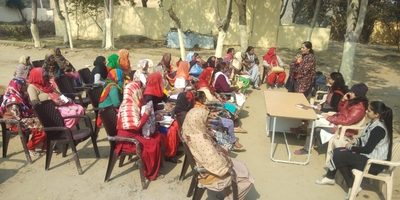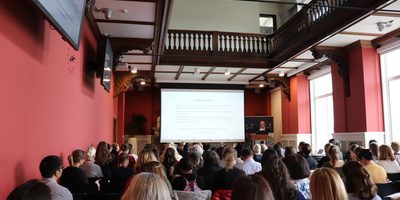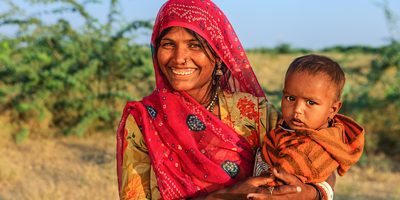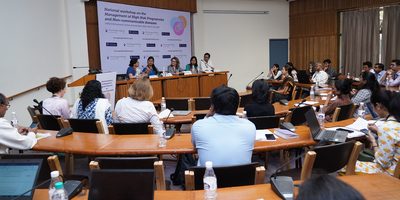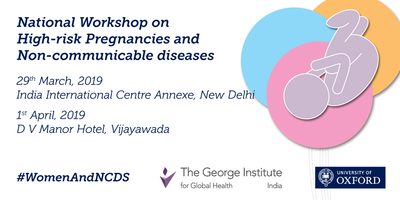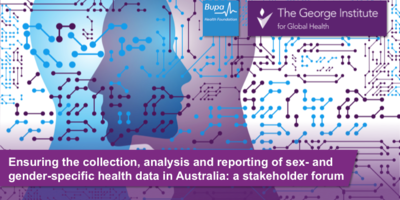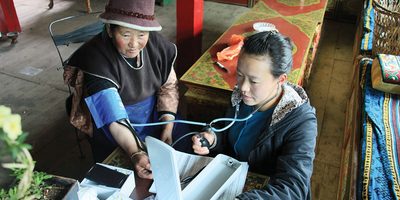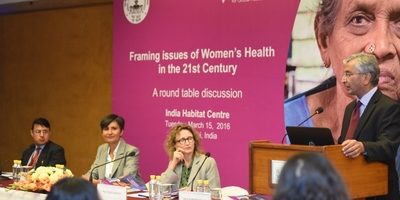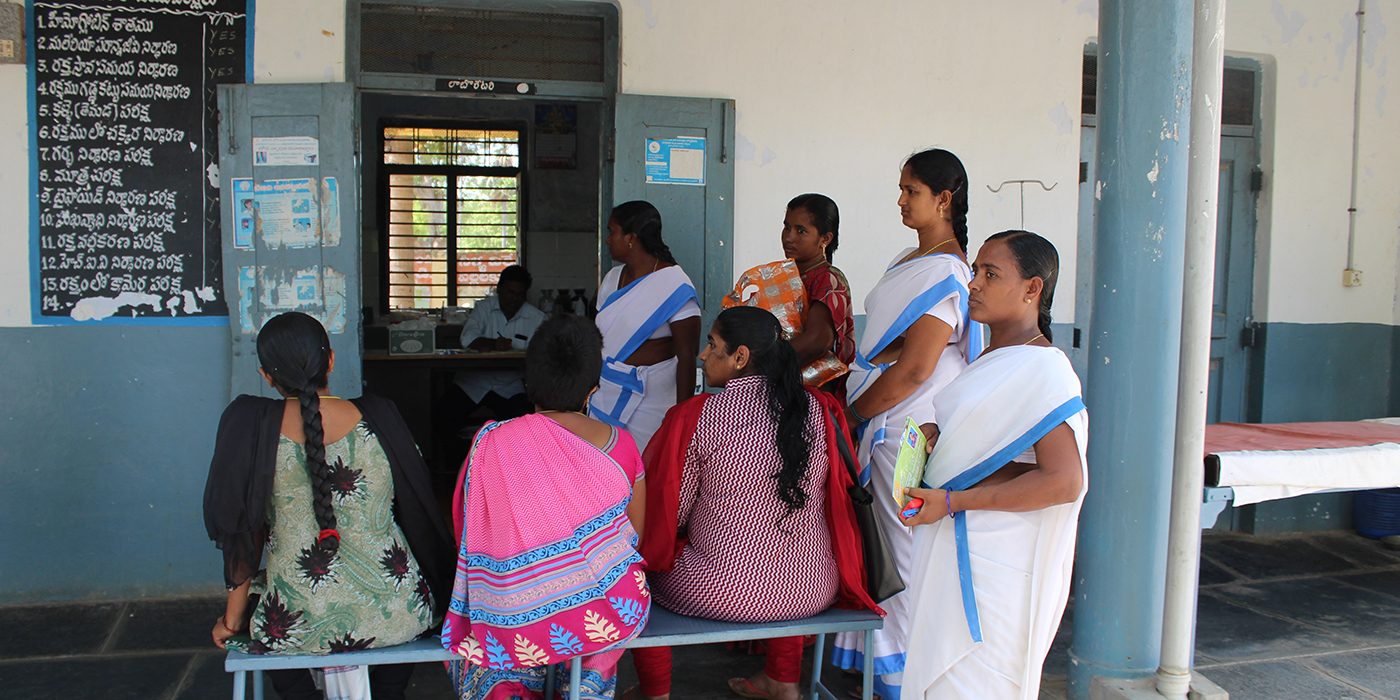
Women’s health program
Over the past few decades, global efforts to improve the health of women and girls have largely focused on reducing unacceptably high levels of maternal mortality and morbidity. These efforts have led to a shift in the global burden of disease for women. In almost every country, non-communicable diseases and injuries (NCDIs) are now the leading causes of mortality and morbidity for women.
The overarching principle of our Global Women’s Health Program is to promote a life-course approach to addressing women’s health issues. This approach encourages researchers to look at women’s and girls’ health and well-being from birth to death as interconnected periods, in which early health-related measures can be indicators for health outcomes later in life.
Our goal is to support the lifelong health, well-being, safety and productivity of women by:
- addressing the leading causes of death and disability for women, specifically non-communicable disease and injury
- improving our understanding of the biological and social differences between women and men and how those differences affect health
- addressing other important women-specific health issues
Our women’s health program takes a multi-faceted approach to improve women’s health through research, policy, and advocacy.
In line with the Institute’s research priorities of better treatments, better care and healthier societies, the Women’s Health Program has the following current and emerging programs of work:
1. NCDI prevention, identification and treatment
a) Integrating the management of pregnancy with NCDI prevention: This work aims to determine the relationship between high-risk pregnancy and NCDs, and to integrate NCD care within maternal health services. Pre-eclampsia, which is a high blood pressure disorder of pregnancy, affecting several organs, is consistently in the top five causes of maternal morbidity and mortality in both high and low- and middle-income countries. Pre-eclampsia and other high blood pressure disorders are associated with long-term adverse health outcomes, including a doubling of the risk of cardiovascular disease, the leading cause of death in women worldwide.
Examples of research include:
- SMARThealth pregnancy, an innovative mobile health solution bridging the gap between pregnancy care and non-communicable disease screening and prevention in rural India.
- BP2 (blood pressure postpartum) study – Randomized control trial involving assessing follow up after hypertensive pregnancy
- Knowledge gaps after hypertensive pregnancy – Surveys and focus groups with healthcare providers and women following hypertensive pregnancy to create appropriate informational packs for women and GPs
b) Cardiovascular disease in women: This research focuses on medication use to improve cardiovascular health and related outcomes in women. Examples include:
- Access to treatment and therapies over time in community setting is assessed in line with global estimates of under-treatment of women at high cardiovascular risk using WHO STEPwise approach to Surveillance (STEPS)
- Improving outcomes with better use of blood pressure and other cardiovascular medicines
- A customised and pragmatic strategy to lower blood pressure using low-dose combination and dose administration aids
c) Ageing and dementia: This research explores the effects of ageing and dementia on women’s health.
2. Sex and gender disaggregated analysis of health and medical data
Our research in this area explores sex differences in risk factors, healthcare access, research coverage, treatment and outcomes. Ongoing studies focus on: gender disparities in relation to diet and cardio-metabolic diseases; gender bias in stroke; and sex differences in septic shock.
Learn more
3. Women as healthcare workers
The George Institute has several projects focused on frontline health workers, who are the backbone of primary health care service delivery. Our research seeks to understand health worker performance and inequalities in healthcare coverage on the one hand, and the career aspirations, time use and challenges faced by workers on the other.
4. Gender-based violence
5. Gynecological health
6. Women, health and the environment



